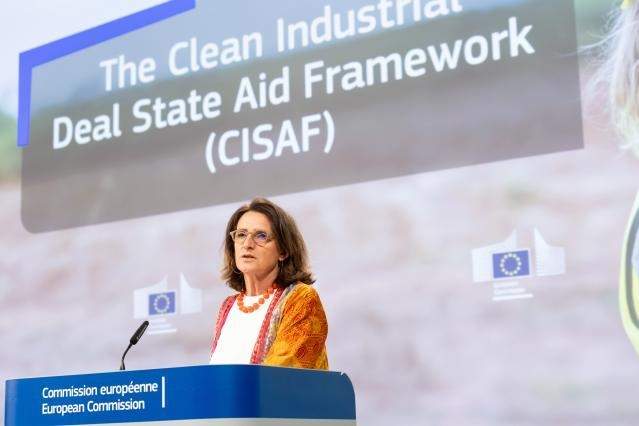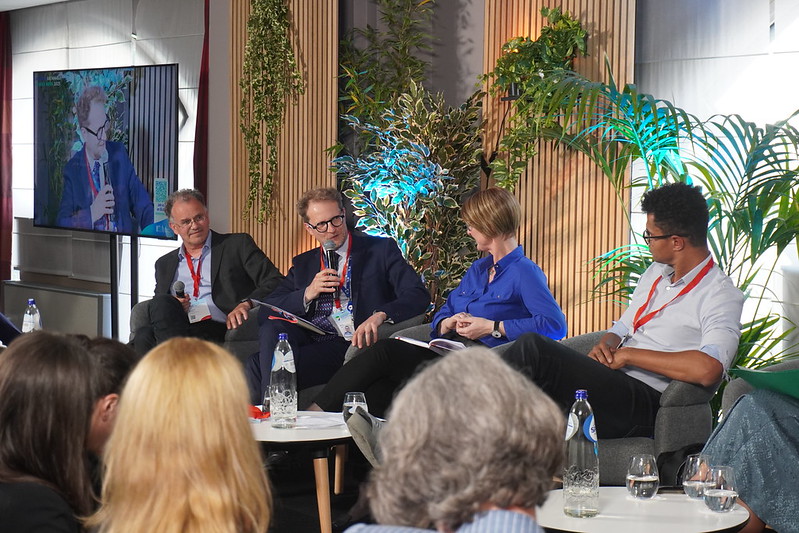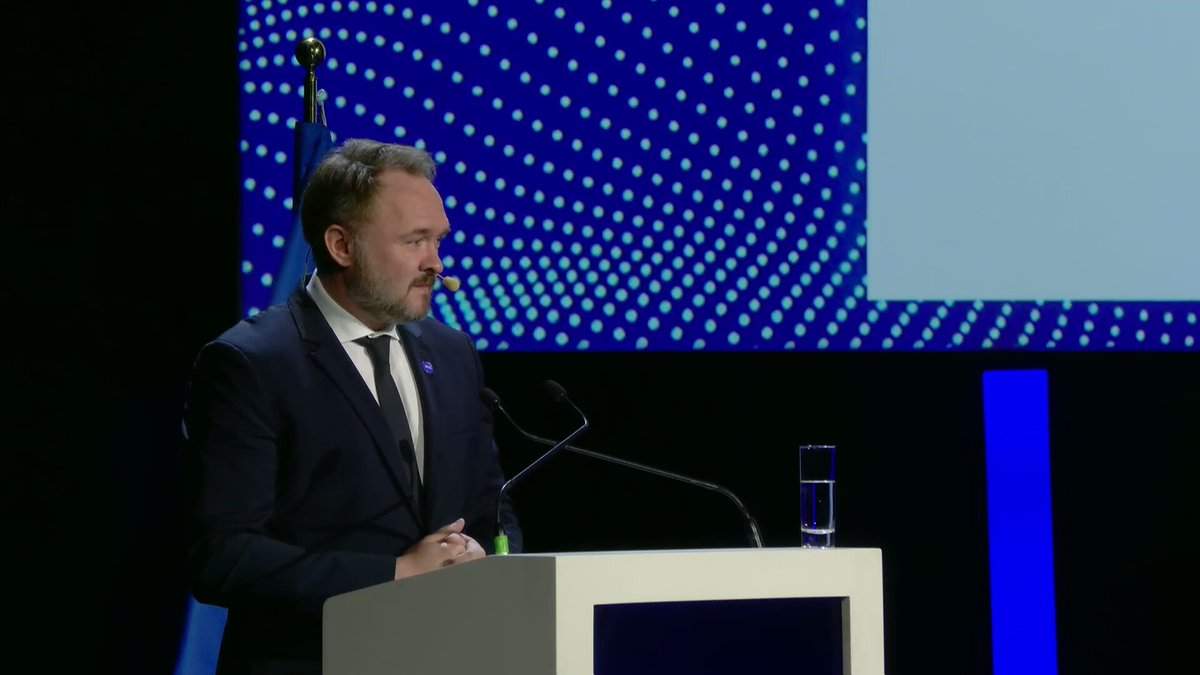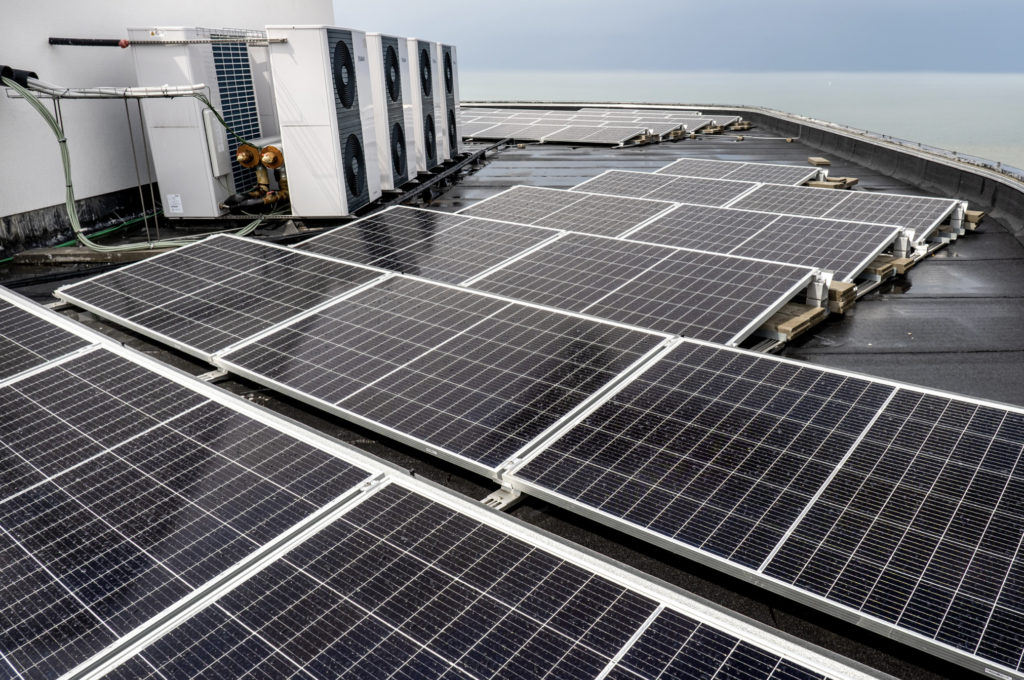Thermal energy storage is when the heat that was generated earlier is stored to be used when needed later. Integrating thermal storage systems with heat pumps improves the energy efficiency of buildings and communities.
Doing so allows large amounts of thermal energy to be stored while maintaining a constant temperature, reducing costs for home and business owners as well as for district heating and cooling systems.
Energy storage systems can also recover waste heat from energy-intensive industries. By capturing and processing waste heat, industries can reduce their overall energy consumption and, ultimately, their carbon footprint on the environment.
On 22 November, an EHPA webinar discussed the role of thermal storage technology in Europe’s energy communities, unlocking challenges and opportunities for future applications with case studies from the ECHO and BEST-Storage Horizon Europe projects. ECHO’s goal is to develop and demonstrate novel modular, compact, high performances and Plug&Play thermal energy storage (TES) solutions for heating, cooling and domestic hot water (DWH) production, while BEST-Storage aims to develop long and short-term high-energy density storage solutions to be demonstrated in four European demo cases around Europe.
Featuring speakers from the thermal energy sector, the webinar provided a comprehensive look at the policy landscape surrounding thermal energy storage and energy communities in Europe, followed by presentations on the two projects.
“Through energy storage, electrical grid peak demand can be lowered by shifting demand to night time when the demand is lower and within high supply time zones, but energy storage power capacity requirements for 2030 and 2050 are underrepresented or underestimated in many studies”, warned Margareta Roncevic, Policy Officer at the European Association for the Storage of Energy (EASE) in her kick-off speech.
Inadequate financial incentives and insufficient data accessibility pose a challenge to the faster roll-out of thermal energy storage systems, explained Roncevic. However, “By addressing operational variability, grid stabilization, and demand response management for seamless renewable energy integration, thermal storage technology is ready to empower the clean energy transition” she added.
Roncevic was echoed by Karla Zambrano González, Environmental Law Professor at the Universidad Internacional de la Rioja (UNIR), who guided the audience into the regulatory framework for energy storage in the Fit for 55 Package and REPowerEU.
“Access to energy is now a prerequisite for our livelihoods and the maintenance of our way of life. Europeans need a constant supply of energy at an affordable price to maintain the competitiveness of European businesses that use this energy for products and services. The EU’s energy supply must be secure and affordable for consumers and businesses” summarised Zambrano González.
To reduce costs and optimise consumption, more consumers and businesses are coming together in energy communities. Their status is disciplined by the EU’s Clean Energy for all Europeans Package and turns consumers into active energy ‘prosumers’ who can collaborate with other market participants to collectively participate in the generation, distribution, and shared use of energy.
“Energy communities are growing,” said Felix Kriedemann, Project Manager at REScoop.eu, the European Federation of Citizen Energy Cooperatives, “but to help them thrive it’s necessary to strengthen the level-playing field with social and environmental specific benchmarks, make rules for tariffs and costs more transparent and ringfence permitting processes for citizen-owned heating and cooling”.
Kriedmann, who showcased community projects in Belgium and Greece, stated: “Giving the control of heating and cooling back to citizens is the best legacy we can leave to future generations.”
The final part of the webinar is dedicated to the ECHO and BEST-Storage projects.
Efren Guillo-Sansano, Innovation Manager at Grupo Enercoop introduced the COMPTEM model for local energy community developmen, based in Crevillent (Spain), where the ECHO technology has been tested. Launched eaarlier this yearearlier, the ECHO Thermal Energy Storage (TES) System can be charged directly by heat pumps, exploiting the grid electricity overproduction, or connected to other renewable energy sources in the building. It also adapts the different energetic scenarios and scales, from small apartments to larger condominiums.
“Energy storage integrated into local energy communities will allow the empowerment of the consumers through a more active participation in the energy ecosystem” commented Guillo-Sansano.
Pavol Bodiš, Founder and CEO at Newton Energy Solutions, presented the BEST-Storage project, and the latest innovations in the thermal storage sector. Bodiš also presented the economic case for the technology.
«From lower electricity tariffs to increased property value, thermal energy storage provides value to homeowners and energy distribution systems. However, to become part of our daily lives, it needs to become much more inclusive and help to address energy poverty in Europe” he concluded.
Watch the webinar “The role of Energy Storage in Energy Community: Assessing Readiness, Needs, and Regulations through ECHO & BEST-Storage projects” here or download the slides.
Cover Photo: Freepik






